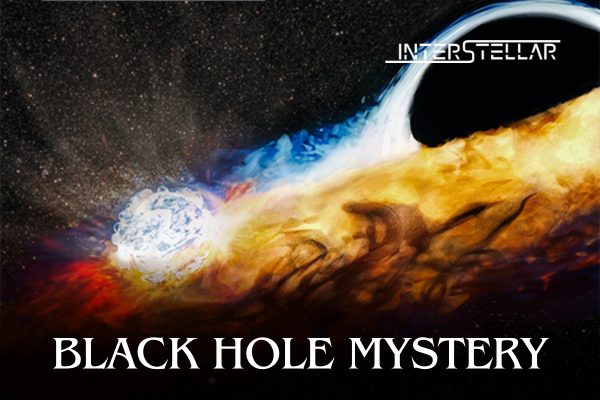A Black Hole’s Stellar Destruction Leads to New Discoveries
NASA & ISRO have uncovered new insights into black hole activity. Their combined efforts, using space observatories like Chandra, Hubble, NICER, Swift, and AstroSat, revealed a black hole destroying a star and using the debris to pummel another celestial object. This discovery by NASA & ISRO offers answers to two long-standing mysteries in astronomy, connecting phenomena that were previously only speculated upon.
Stellar Wreckage in Action
In 2019, astronomers detected the destruction of a star that wandered too close to a massive black hole. The black hole’s immense gravitational pull shredded the star, leaving a rotating disk of debris. Over time, this disk expanded and is now colliding with a star or possibly a smaller black hole, previously safe at a distance. The object now crashes through the debris every 48 hours, releasing X-ray bursts that NASA’s Chandra X-ray Observatory detected.
Matt Nicholl of Queen’s University Belfast likened this repeated collision to a diver making splashes with each dive into a pool. Each time the orbiting object passes through the disk, it creates massive bursts of gas and X-rays, providing astronomers with vital data.
Understanding Mysterious Cosmic Events
Astronomers have long documented stars being torn apart by black holes, known as tidal disruption events (TDEs). More recently, scientists identified a new class of events called quasi-periodic eruptions (QPEs). These occur in the centres of galaxies, producing repeated flashes of X-rays. Until now, the connection between these two phenomena remained unclear.
Dheeraj Pasham from the Massachusetts Institute of Technology explained, “There had been speculation that these events were related, and now we have proof.” This breakthrough shows how a tidal disruption event can evolve into quasi-periodic eruptions, solving a cosmic puzzle.
Future Research and Discoveries
The event, named AT2019qiz, was first spotted in 2019 at the Palomar Observatory. Further studies using Hubble and Chandra, along with observations from NASA’s NICER and Swift, confirmed that the X-ray eruptions occur every 48 hours. India’s AstroSat also contributed to these findings, adding valuable UV and X-ray data.
As Andrew Mummery of Oxford University pointed out, this discovery provides new insights into how debris from a torn-apart star can create regular eruptions. This knowledge could lead to finding more quasi-periodic eruptions, helping astronomers better understand black hole behaviour and identify new gravitational wave targets.


